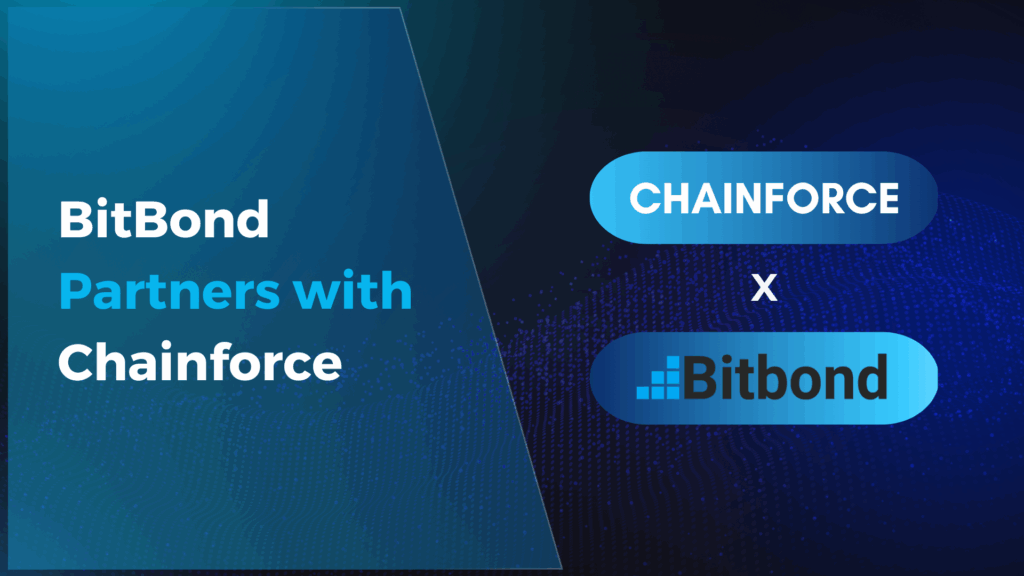Introduction
The world of Tokenomics in cryptocurrency has been gaining significant attention in recent years, with many investors eager to capitalize on the potential opportunities presented by the crypto market. However, with a plethora of crypto projects flooding the market, determining which ones are worth investing in can be a daunting task. It’s essential to remember that crypto investments carry inherent risks, so investing only what you can afford to lose is a golden rule. To make informed decisions in this dynamic landscape, understanding Tokenomics becomes crucial.
While most investors buy tokens with the expectation of their value increasing, it’s equally crucial to conduct thorough research before committing to any project. One of the most valuable resources for researching a crypto project is the whitepaper, providing insights into Tokenomics. In this blog post, we’ll delve into the significance of whitepapers, what to look for, and how to identify potential red flags that may indicate issues with the project’s Tokenomics.
Understanding the Whitepaper: A whitepaper is a comprehensive document released by developers that lays out the technology, purpose, and fundamentals of the project they are working on. It serves as a blueprint, explaining the conception of the project, its primary objectives, and the details of its cryptocurrency. Typically available on the project’s website, the whitepaper serves as a summary of the crypto project.
Differentiating Between a Good and Bad Whitepaper: Distinguishing a well-crafted whitepaper from a poorly constructed one is vital for making informed decisions. A good whitepaper should include real-world examples that help explain the project’s features and applications more clearly. It should be thoroughly researched, well-structured, and presented in a clear and concise manner. On the contrary, a bad whitepaper may appear like a mere PowerPoint presentation, lacking in-depth and valuable information. It might read like a promotional advertisement with little substance, making it challenging for potential investors to make sound decisions.
Important Considerations From Whitepaper Information
1. Problem Statement and Solution: The heart of any whitepaper lies in its problem statement and the proposed solution. Understanding the problem the project aims to address and the strategies it proposes to overcome it is essential for potential investors. The problem statement should be supported by relevant data and evidence, while the solution must be clear and concise.
2. Opportunity: Assessing the potential benefits and returns a project or investment can offer is crucial. The whitepaper should discuss the market opportunity, competitive landscape, and growth potential of the project. It should provide insights into revenue generation, target markets, and customer base, allowing investors to make informed decisions about the viability and potential returns of their investment. Additionally, it should highlight the unique selling points, features, and benefits that set the project apart from its competitors.
3. Utility and Use Case: Evaluating a project’s potential for market penetration and widespread adoption is essential. The whitepaper should provide insight into the broader market landscape and the competitive environment. It should also assess whether the project’s underlying technology has the potential for broad adoption and long-term success. Understanding the utility and use case of the project helps investors identify potential regulatory challenges and compliance requirements.
4. Token Economics: Token distribution plays a pivotal role in a project’s success. The whitepaper should provide detailed information about tokenomics, including the initial token distribution, vesting schedule, and mechanics for controlling token circulation. For instance, if a small group of people controls the majority of tokens, it could be against the principles of blockchain, which is meant to be decentralized. Supply and demand drivers, such as annual inflation, initial token allocation, and vesting schedules, should also be addressed in the tokenomics section. The whitepaper must explain how the project aims to manage token supply and demand to ensure a balanced and sustainable ecosystem.
5. Architecture: A crucial aspect of analyzing a project is understanding its architecture, including the consensus mechanism or algorithm used. The whitepaper should explain the blockchain technology that underpins the project and outline the reasons for choosing a specific blockchain. This provides valuable insights into the project’s level of innovation and how it differentiates itself from existing blockchain solutions. It also helps investors evaluate the project’s technical capabilities and potential limitations, such as its ability to deliver on its promises, handle high transaction volumes, and provide robust security.
6. Roadmap: A well-defined and achievable roadmap for the project’s development and implementation is vital. The whitepaper should include key dates for milestones such as development, launch, and expansion. A clear roadmap ensures that the project stays on track and is accountable for achieving its goals, which gives investors confidence in the project’s execution.
7. Partners: Partnerships can be significant indicators of a project’s potential. The whitepaper should highlight any partnerships that the project has established. The benefit of these partnerships can be assessed by the quality of the other projects associated with the whitepaper. It’s essential to check if the associated projects’ coins and tokens are still actively traded and listed on reputable cryptocurrency exchanges. Furthermore, examining the background of team members and their affiliates can help forecast potential future partnerships.
8. Track Record of the Founder and Team: Researching the founders and the team behind the project is crucial. The whitepaper should provide information about their backgrounds and any previous projects they’ve been involved in. Examining their LinkedIn, GitHub, and Twitter profiles can give insight into their experience and reputation within the crypto space. Investors should feel confident in the team’s ability to execute the project successfully.
9. Investors: The involvement of reputable investors, particularly Venture Capital (VC) firms, can signal the project’s credibility. A VC investment in the project indicates that it has received funding from experienced and knowledgeable investors, adding to its long-term outlook. If the VC firm is affiliated with a major cryptocurrency exchange, it suggests that the project’s token will likely be listed on that exchange in the future.
10. References: A comprehensive whitepaper often includes references to real-world data and information sources. This indicates that the team has conducted thorough research and due diligence while preparing the whitepaper. Including references also demonstrates that the project team respects intellectual property rights by giving credit to the original creators of the information used. Quality sources may include scientific research papers, publicly accessible data, or other well-established crypto projects. Footnotes can also provide critical information that further supports the project’s legitimacy.
Identifying Red Flags in the Whitepaper
While evaluating a whitepaper, it’s essential to be aware of any red flags that may indicate potential issues with the project. Here are some critical red areas that warrant attention:
Regulatory Issues
The whitepaper should address potential regulatory challenges that could affect the token’s operation, adoption, or value. Changes in the regulatory environment can lead to market volatility and uncertainty among investors and users.
Unrealistic Token Metrics:
If the token supply is insufficient to achieve the project’s goals, it may lead to a decrease in token value. Moreover, a failure to deliver on promises could result in legal action against the project.
Lack of Utility for the Token:
Tokens without a clear utility or purpose may struggle to find value in the market. Low demand and liquidity can significantly impact a token’s value.
Conclusion
Researching a project’s whitepaper is a critical step in making informed investment decisions in the crypto market. Potential investors should thoroughly analyze the team, seek additional clarity from project owners, and compare the project with established cryptocurrencies. Avoiding impulsive decisions and staying informed will enable investors to make wise choices in the dynamic world of Web3. Remember, understanding the project you’re investing in, conducting in-depth research, and making informed decisions will increase your chances of success and help you navigate the complexities of the crypto space confidently.



